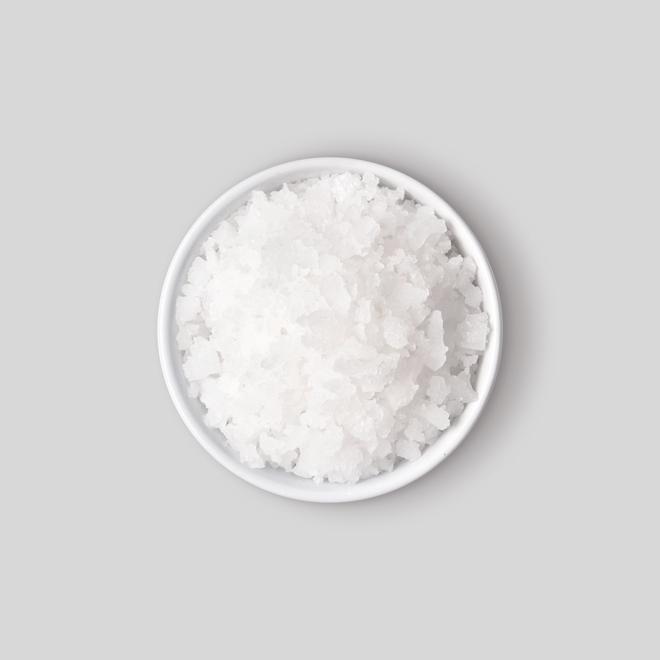MSG




MSG, or monosodium glutamate, is a popular flavor enhancer commonly used in various cuisines around the world. It adds a savory taste to food, intensifying and enriching the existing flavors. MSG is a common ingredient in Asian cuisine, but its use extends to processed foods, broths, soups, and even some fast food items.
The United States Food and Drug Administration (FDA) and other regulatory bodies classify MSG as generally recognized as safe (GRAS) for human consumption. Despite its safety classification, MSG still faces some negative stigma and misinformation.
You can find MSG in most grocery stores, typically in the spice aisle near other seasoning blends and salts. Asian grocery stores often offer a wider variety of brands and formats.
Like other seasonings, store MSG in a cool, dry place away from direct sunlight and heat. A pantry shelf or cupboard is perfect. Transfer the MSG to an airtight container if the original packaging doesn't provide a secure seal. This helps prevent moisture absorption and flavor loss.
Mix MSG with a little water to create a paste. Scrub your cutting board with this abrasive mixture to remove residue and sanitize the surface.
Place a sachet filled with MSG and dried herbs inside your shoes to absorb moisture and combat unwanted smells.
Sprinkle some MSG powder down your drain followed by hot water. The MSG forms a gel-like substance that traps and neutralizes unpleasant odors caused by organic matter.
MSG is the sodium salt of glutamic acid, an amino acid naturally found in many foods like tomatoes, cheese, and meat.
Some studies suggest that using MSG to enhance flavor can allow for reducing the amount of salt needed in cooking, potentially contributing to lower sodium intake.
Start with a small amount, around ¼ teaspoon for a pound of food or 4-6 servings. Too much can overwhelm the palate, so taste as you go and adjust gradually.
Add MSG towards the end of cooking, after most of the liquid has evaporated, to preserve its potency.
One of the most promising potential benefits of MSG is its ability to enhance flavor while allowing for reduced sodium intake. Studies suggest that adding MSG to food can allow for lowering the amount of salt needed, which can be beneficial for individuals with high blood pressure, heart disease, or those on sodium-restricted diets.
MSG can make food taste more enjoyable and satisfying by intensifying existing flavors and adding an umami depth. This can be especially helpful for picky eaters or individuals with taste and smell loss who need extra taste stimulation.
For individuals with sensitive digestion or gluten intolerance, consuming MSG might trigger bloating, gas, or discomfort. Moderation and individual sensitivity assessment are crucial.
Corrections or improvements? Email us at
content@sidechef.com